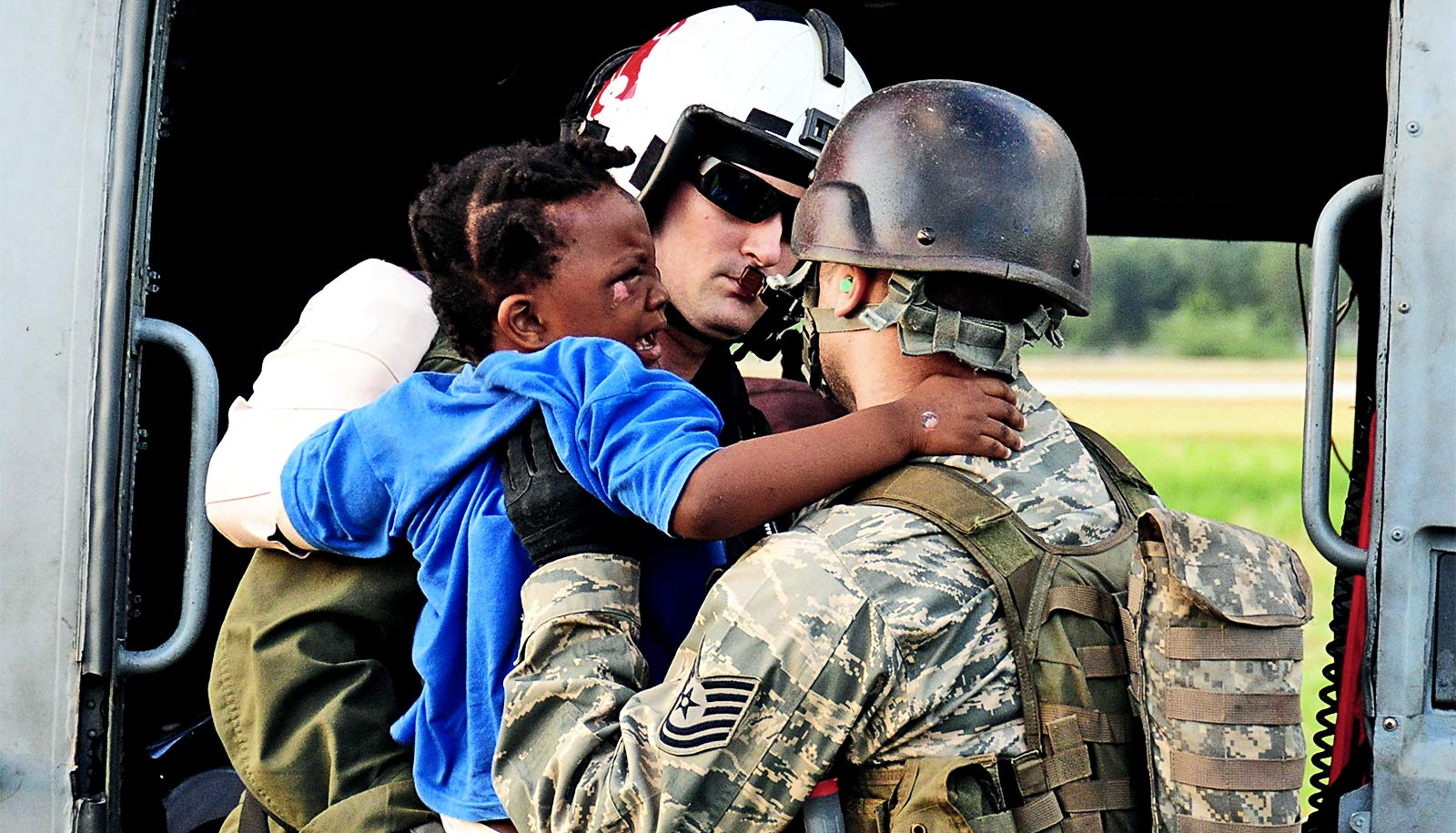New tools to help manage volunteers in the wake of a disaster could benefit emergency response and relief managers.
“Assigning volunteers after a disaster can be difficult, because you don’t know how many volunteers are coming or when they will arrive,” says Maria Mayorga, corresponding author of two studies on the issue and a professor in North Carolina State University’s Edward P. Fitts department of industrial and systems engineering.
“In addition, the challenge can be complicated for efforts, such as food distribution, where you also don’t know the amount of supplies you will have to distribute or how many people will need assistance.”
The researchers used advanced computational models to address these areas of uncertainty in order to develop guidelines, or rules of thumb, that emergency relief managers can use to help volunteers make the biggest difference.
Manage volunteers and tasks
The most recent paper focuses on assigning volunteers to deal with tasks where the amount of work that needs to be done can change over time, such as search and rescue, needs assessment, and distribution of relief supplies.
“Essentially, we developed a model that can be used to determine the optimal assignment of volunteers to tasks when you don’t know how much work will be required,” Mayorga says. “For example, in relief distribution, there is uncertainty in both the supply of relief items and what the demand will be from disaster survivors.
“We then used the model to create and test rules of thumb that can be applied even when relief managers don’t have access to computers or the internet.”
The researchers found that a simple policy that performs well is the “Largest Weighted Demand (LWD) policy,” which assigns volunteers to the task that has the most work left to be done. In this case, work is prioritized by its importance. For example, fulfilling demand for water is more important than fulfilling demand for cleaning supplies.
However, if the difference in importance between tasks becomes large enough, then the best option is for managers to assign volunteers based on “Largest Queue Clearing Time (LQCT),” which is the time needed to complete the current work if the current number of volunteers doesn’t change.
“In fact, the LQCT heuristic worked well in all of the instances we tested, but it is harder to assess quickly,” Mayorga says. “So we recommend that managers use the LWD rule unless there is a really large difference in the importance of the tasks.”
Spontaneous volunteers
However, the LWD and LQCT rules of thumb don’t work for all tasks.
In fact, the researchers found that the rules of thumb that make sense for volunteer tasks where you don’t know how much work will be required are actually a bad fit for tasks with clearly defined workloads—such as clearing debris after a disaster.
In a 2017 paper, the researchers found that a good rule of thumb for clearing debris was “Fewest Volunteers,” in which volunteers are simply assigned to whichever task has the fewest volunteers working on it.
“Spontaneous volunteers are people who, in the wake of a disaster, impulsively contribute to response and recovery efforts without affiliations to recognized volunteer organizations (e.g. the Red Cross) or other typical first responders,” Mayorga says. “These people constitute a labor source that is both invaluable and hard to manage.
“Our work in these papers provides strategies for incorporating spontaneous volunteers into organized relief efforts to help us achieve safe and responsive disaster management. It’s also worth noting that these works focused on a single organization assigning volunteers to tasks. In our future work, we are focusing on strategies that can be used by multiple agencies to coordinate efforts and amplify the volunteer response.”
The most recent paper appears in Omega: the International Journal of Management Science. Coauthors are from NC State and the University of Alabama. The 2017 paper is published in the Journal of the Operational Research Society.
Source: NC State



